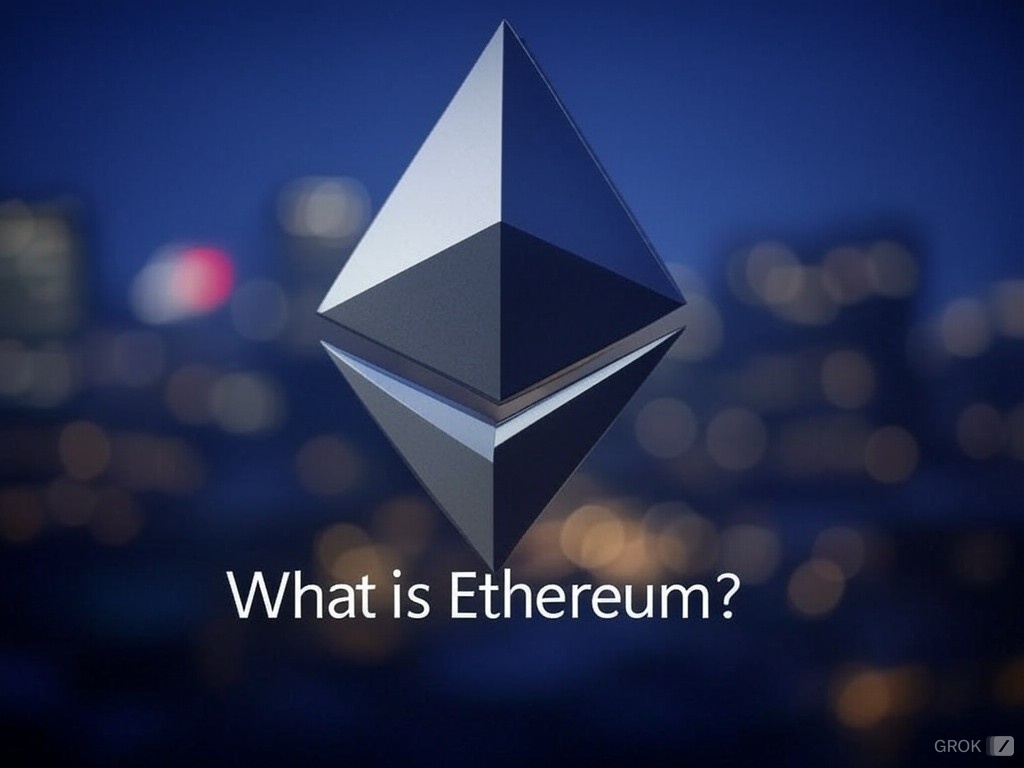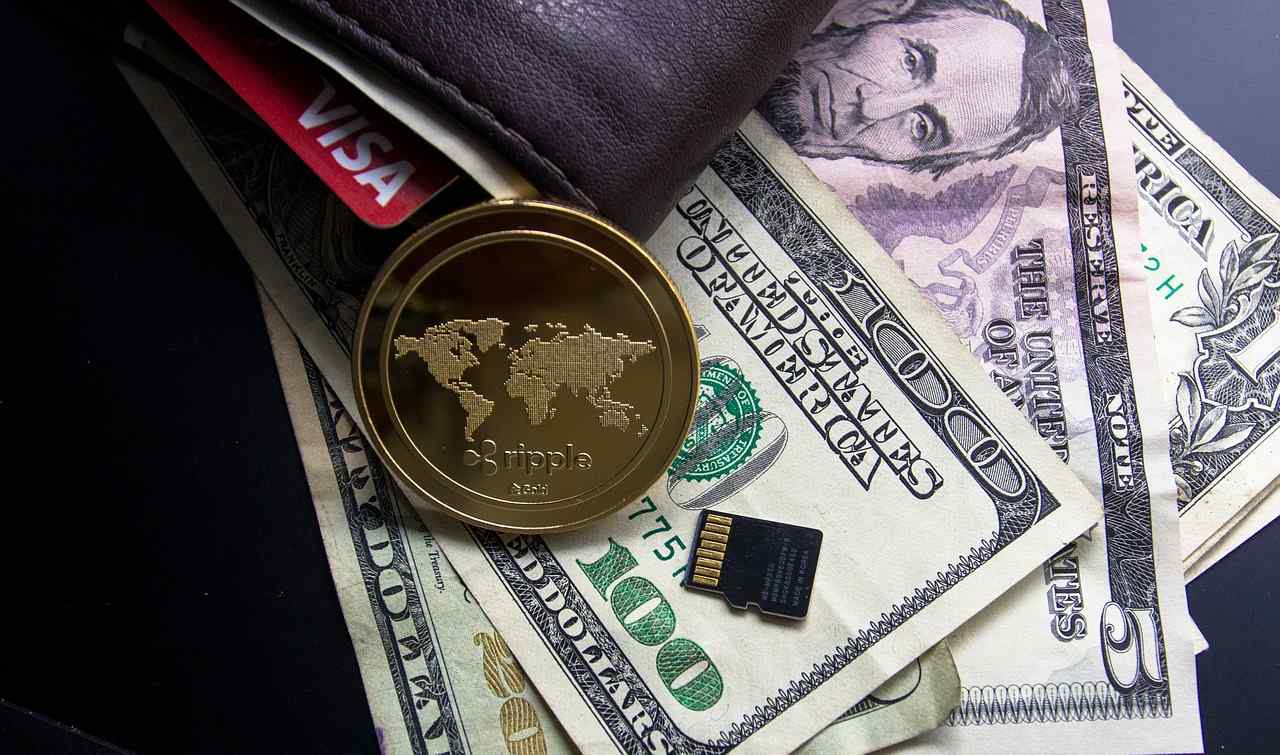

Ripple CEO Brad Garlinghouse has sharply responded to a claim by Fox Business journalist Charles Gasparino, who suggested that the U.S. Securities and Exchange Commission (SEC) believes that XRP passes the “Ethereum decentralization test.” In an X-post, Garlinghouse wrote:
“There is no Ethereum decentralization test at the SEC. This is fiction.”
He thus contradicted Gasparino’s interpretation of a video in which Garlinghouse announced the end of Ripple’s legal battle with the SEC – a case that officially ended on March 18 when the SEC withdrew its appeal.
However, Gasparino’s comment about an “Ethereum test” caused confusion. Did he mean the Howey Test – the 1946 legal standard that defines securities as investments where profit depends on the efforts of others? The SEC used this test to label XRP as a security, while Ethereum was cleared in 2018. Or was he referring to a “decentralization test” as proposed by former SEC director William Hinman?
In a speech in June 2018, Hinman stated that Ether was not a security under the Howey Test because Ethereum was sufficiently decentralized – an informal “Ethereum test”. This means: without a central publisher or insider advantage, there is no security. The SEC saw XRP differently, pointing to Ripple’s control. But emails released in 2023 reveal internal doubt. Brett Redfearn, then SEC director of Trading and Markets, wrote on June 12, 2018: “The language is vague about ETH as a security. If you want to argue that it’s not a security, make it clearer.” A later email reported that the SEC “saw no need to regulate Ether” in 2018. Ripple used this as ammunition to demonstrate inconsistency.
Garlinghouse’s point is: there is no formal “Ethereum decentralization test”. “Gasparino is inventing terms,” says analyst Jasper de Vries. “The SEC relies on Howey, not on a separate standard for decentralization.”
XRP rose 13.2% in 24 hours to $2.59, peaking at $2.88 after the SEC news. Analyst “Steph” tweeted: “XRP’s downward cycle seems to be over. A strong recovery is likely.” Another observer saw a “higher high” pattern, suggesting a deeper bull trend, with price targets of $2.79 to $2.92 before a possible dip. Trading volume jumped to $4.2 billion, a sign of renewed confidence.
The outcome – after $150 million in legal costs – fuels speculation. With Trump’s pro-crypto policy and XRP in the national reserve, plus ETF applications from various asset managers, some are aiming for $5. “Legal clarity is rocket fuel,” says De Vries. However, what do you think? Is $5 achievable in the short term?